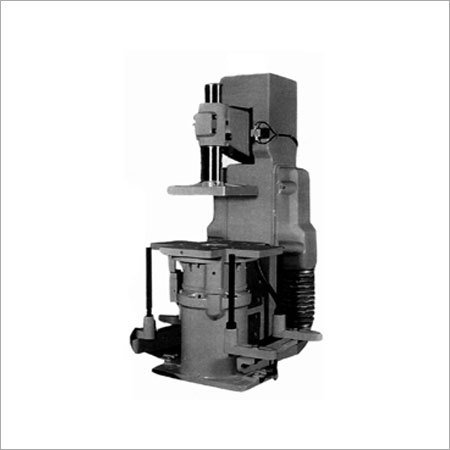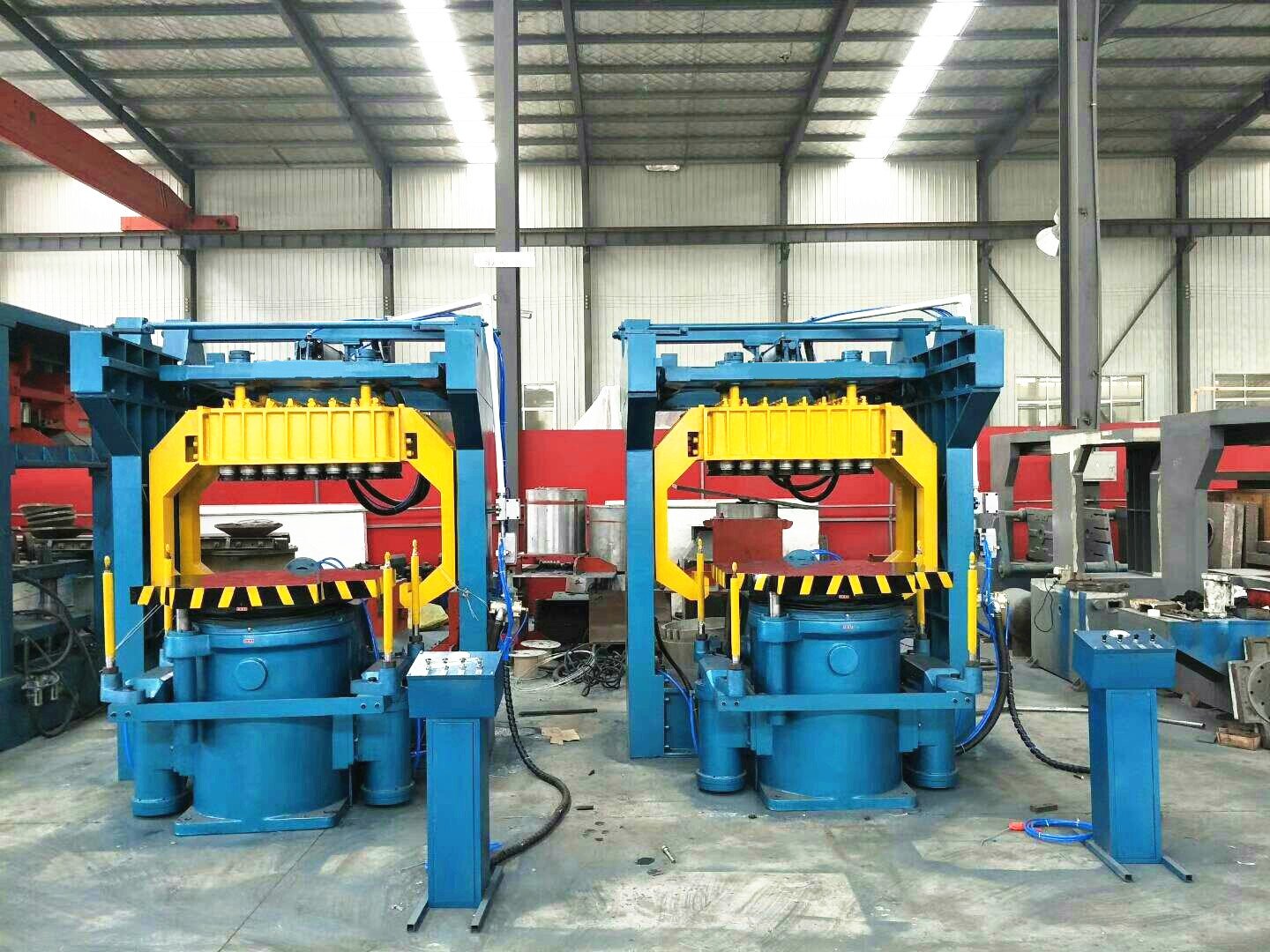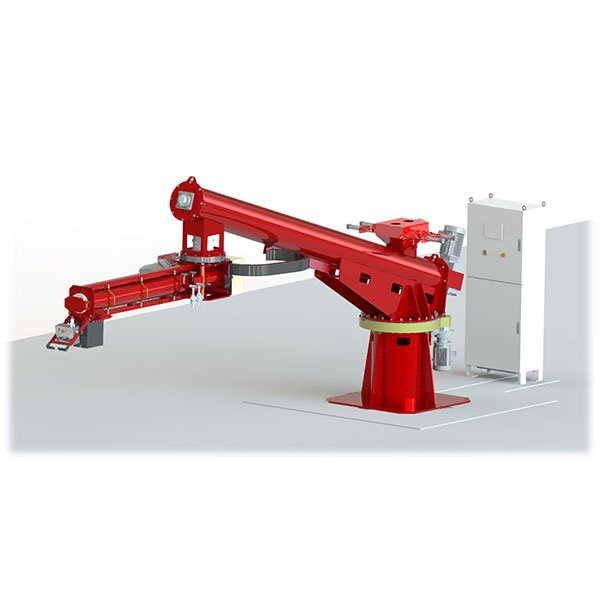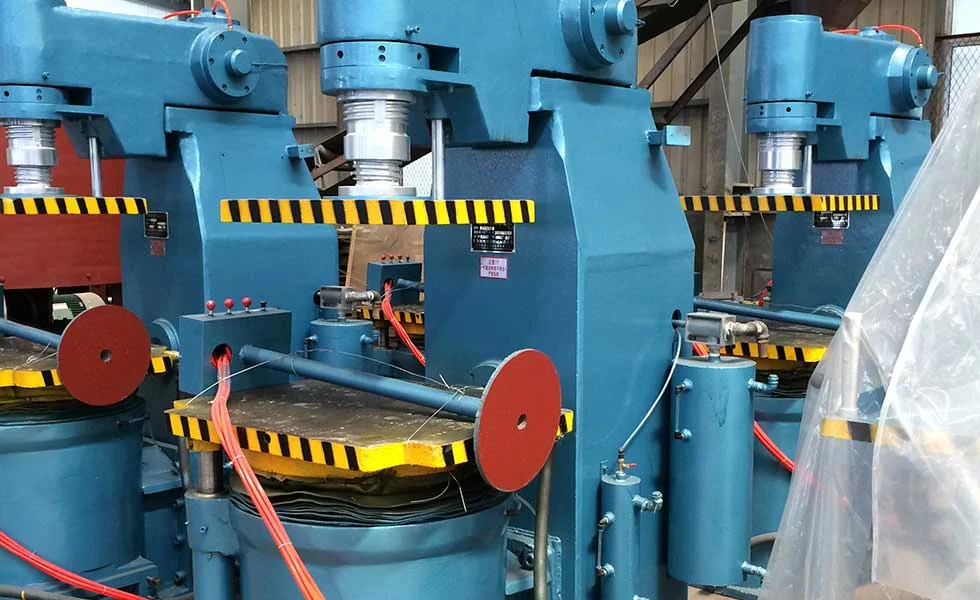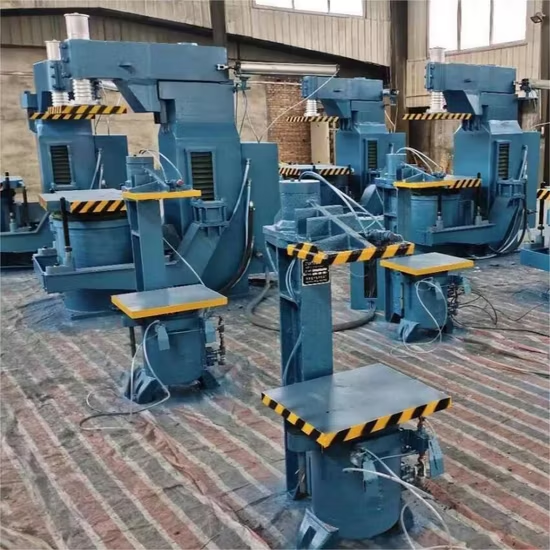
Industrial metalwork demands precision, strength, and reliability. Shot blasting is one of the most effective surface treatment methods to meet those demands. From polishing metal for a flawless finish to strengthening structural integrity and repairing hidden surface defects, shot blasting offers a transformative process that enhances both the performance and appearance of metal parts.
Shot blasting improves metal quality through three core benefits: polishing for aesthetics and coating preparation, strengthening through shot peening, and repairing surface-level damage. These advantages make it indispensable in industries like automotive, aerospace, and heavy equipment.
Whether you manufacture new components or restore old ones, understanding how shot blasting works—and why it’s different from similar processes—can help you make better surface treatment decisions.
1. What Is Shot Blasting? (And How It Differs from Grit Blasting)
Shot blasting is a mechanical surface treatment process that uses spherical metallic media (steel or stainless steel shots) propelled at high speed to clean, polish, or strengthen a metal surface. The process is powered by a turbine wheel that accelerates the shot and ensures uniform impact coverage across the component.
Compared to grit blasting, which uses angular particles to strip or etch surfaces, shot blasting focuses more on smoothing, refining, and fortifying the material.
Shot Blasting vs. Grit Blasting – Quick Comparison Table
| Feature | Shot Blasting | Grit Blasting |
|---|---|---|
| Media Shape | Spherical | Angular |
| Common Use | Polishing, strengthening | Cleaning, surface stripping |
| Equipment | Wheel-powered turbine (wheel blasting) | Compressed air nozzles |
| Typical Finish | Smooth, satin | Rough, etched |
| Best For | Final prep, fatigue resistance | Rust/paint removal, aggressive prep |
Wheel blasting is the most common method for industrial shot blasting due to its speed, efficiency, and consistency. Unlike air blasting, wheel blasting delivers high-volume treatment with minimal energy loss, making it ideal for mass production and large components.
2. Key Benefits: How Shot Blasting Improves Metal Quality and Strength

Shot blasting adds value to your metal parts in three powerful ways:
a) Polishing Metal for a Uniform and Professional Finish
- Removes scratches, mill scale, and machining marks.
- Creates a smooth, matte, or satin surface ideal for coating, painting, or anodizing.
- Leaves a consistent appearance across all components—critical in high-visibility parts such as stainless steel casings or architectural structures.
- Enhances visual appeal and increases the perceived quality of finished products.
b) Strengthening Metal Through Shot Peening
- Induces compressive residual stress on the surface, counteracting tensile stress that leads to cracks or failures.
- Increases fatigue life, especially in parts subjected to cyclic loading.
- Ideal for components in automotive (gears, suspension), aerospace (wings, landing gear), and heavy equipment.
- Reduces micro-crack propagation and improves resistance to bending and flexural stress.
Shot peening is not just a finishing process—it's a performance upgrade for your parts.
c) Repairing Surface Defects in Metal Parts
- Levels minor surface irregularities and imperfections.
- Closes up micro-tears or porosity that could lead to long-term failure.
- Improves thermal and corrosion resistance by refining the outer structure.
- Helps extend the life of aging parts in restoration projects.
- Caution: Not recommended where surface defects need to remain visible for NDT (Non-Destructive Testing) purposes.
3. Industrial Use Cases: Who Benefits from Shot Blasting?
Shot blasting has broad applications in both new fabrications and restoration projects. Some of the most common industries benefiting from shot blasting include:
- Automotive: Restoring vintage car undercarriages, cleaning engine blocks, prepping wheels and brake systems.
- Construction & Structural Steel: Preparing beams, columns, and frameworks for coating and long-term durability.
- Aerospace & Defense: Enhancing fatigue strength in high-performance aircraft components.
- Agricultural Machinery: Cleaning rusted tools, frames, and wear-heavy components for re-use or resale.
| Industry | Common Applications | Key Benefits |
|---|---|---|
| Automotive | Engines, axles, suspensions | Polishing, fatigue resistance |
| Construction | Steel beams, frames, panels | Coating prep, corrosion protection |
| Aerospace | Blades, casings, landing gear | Shot peening, crack resistance |
| Agriculture | Plows, rotors, mechanical tools | Cleaning, surface leveling |
Both large manufacturers and niche restorers use shot blasting to increase part reliability, aesthetics, and value.
4. Choosing the Right Shot Media for Your Project
The type of shot media you use has a direct impact on the outcome of the blasting process. Choosing the right media depends on the desired surface texture, strength improvement, and part sensitivity.

Common Shot Media Types
| Media Type | Description | Best Used For |
|---|---|---|
| Steel Shot | Durable, reusable spherical steel beads | Peening, polishing, heavy-duty parts |
| Stainless Steel | Corrosion-resistant alternative | Stainless parts, medical or food-grade |
| Glass Beads | Softer, for light cleaning or smoothing | Non-ferrous metals, thin walls |
| Aluminum Oxide | Aggressive cutting action | Stripping coatings, rough surface prep |
Media Selection Factors
- Surface Texture: Coarser shots leave a rougher surface; smaller shots result in finer finishes.
- Strengthening Depth: Larger media can reach deeper surface layers, beneficial for fatigue resistance.
- Final Appearance: Choose media that complements the desired end-use (e.g., satin finish for aesthetic parts).
Customizing the shot type allows you to tailor the surface treatment to each project's goals—whether that’s cosmetic finish, structural performance, or corrosion protection.
5. Limitations of Shot Blasting (and When to Consider Alternatives)
While shot blasting is powerful, it's not suitable for every scenario. Here’s when you might want to consider alternatives:
- Very Thin or Delicate Parts: Shot blasting may deform soft metals or precision parts.
- NDT-Required Surfaces: The process can "mask" small defects that need to be visible for inspection.
- Coating Removal: For aggressive stripping, grit blasting or chemical removal may be more effective.
- Complex Geometries: Areas with deep recesses may be missed; consult a specialist for geometry-specific strategies.
Always consult a surface treatment expert to determine if shot blasting is appropriate for your part geometry, material, and usage.
6. Conclusion: Why Shot Blasting Is a Smart Investment for Metal Strength and Quality

Shot blasting delivers a three-in-one benefit: polishing, strengthening, and repairing. It's a cost-effective, scalable, and highly impactful process for improving metal part performance in industrial applications.
Whether you're aiming to extend product life, improve cosmetic appeal, or boost structural reliability, shot blasting offers proven value. Investing in the right media, equipment, and processes ensures you get consistent, durable, and high-performance results.
7. Call to Action: Start Your Shot Blasting Project with Confidence
Hi-Tech China offers expert consultation, tailored equipment, and turnkey shot blasting services to help you enhance your metalwork operations.
👉 Contact us for:
- Custom shot blasting solutions for your industry
- Free surface treatment consultations
- Downloadable technical guides and case studies
Explore how shot blasting can improve your processes, protect your parts, and strengthen your products—all in one pass.
Frequently Asked Questions (SEO-Optimized)
What is the difference between shot blasting and shot peening?
Shot blasting is a general process for cleaning and finishing metal. Shot peening is a specific type of shot blasting designed to increase fatigue strength by inducing compressive stress.
Can shot blasting damage thin or delicate metal parts?
Yes. Thin or soft metals may deform under the impact of shot blasting. Alternative methods like bead blasting or chemical treatments may be safer.
Is shot blasting suitable for stainless steel?
Yes. Using stainless steel shots or glass beads can safely polish and clean stainless steel parts without contamination.
How often should shot blasting be performed on industrial parts?
This depends on the application, exposure, and wear. Critical parts


